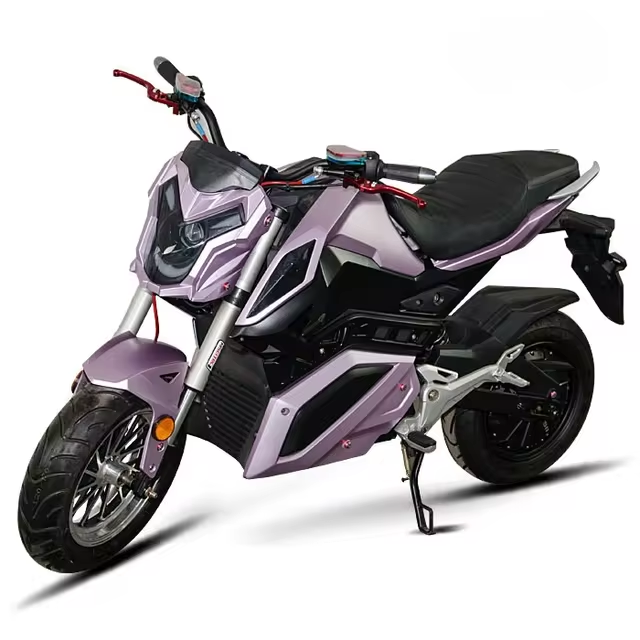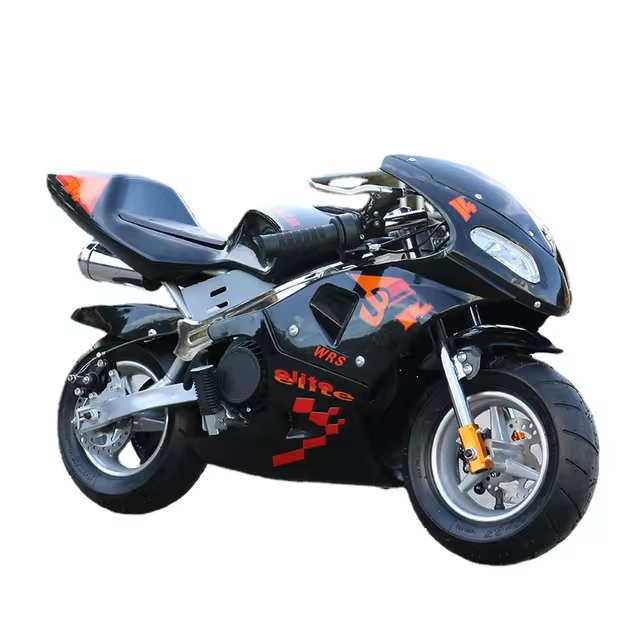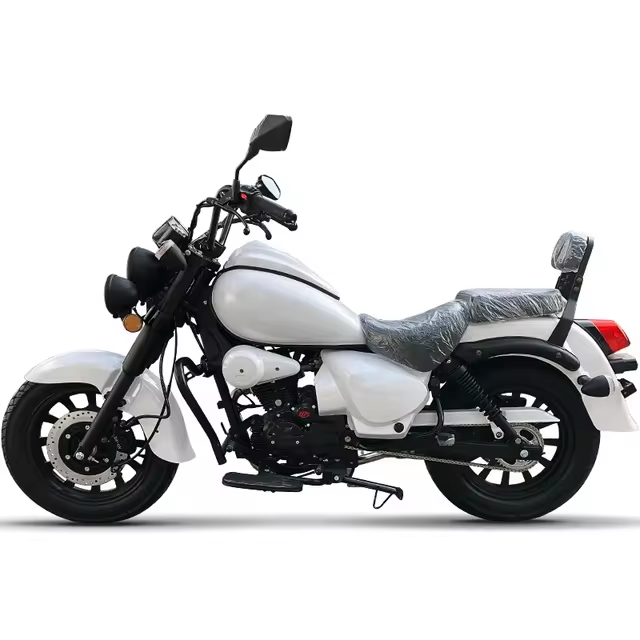Motorcycles are thrilling machines that offer a sense of freedom and adventure on two wheels. Understanding the various parts of a motorcycle is essential for anyone interested in riding, maintaining, or simply appreciating these remarkable vehicles. In this comprehensive guide, we’ll delve into the anatomy of a motorcycle, breaking down its major components and their functions.
The Frame
Structure and Materials
The frame serves as the motorcycle’s backbone, providing structural integrity and supporting various components. Different types of frames exist, including steel, aluminum, and carbon fiber, each offering distinct advantages. Steel is robust and durable but can be heavier, while aluminum is lighter and resists corrosion. Carbon fiber is favored in high-performance bikes due to its strength-to-weight ratio.
Types of Frames
Motorcycle frames can generally be categorized into different styles:
- Dirt bike frames: Designed for off-road conditions, these frames are typically more flexible.
- Cruiser frames: These frames have a more laid-back geometry and are suited for comfort over performance.
- Sport bike frames: Engineered for speed and agility, sport bike frames often feature a more rigid design.
The Engine
Engine Types
The engine is often considered the heart of the motorcycle. Various engine configurations exist, including:
- Single-cylinder: Common in smaller bikes, these engines are simpler and easier to maintain.
- Parallel-twin: Often found in mid-sized motorcycles, they offer a balance of power and efficiency.
- V-twin: Popular in cruisers, V-twins provide plenty of torque for relaxed riding.
- Inline-four: Characteristic of most sport bikes, inline-fours excel at high RPMs and deliver impressive performance.
Engine Components
The engine consists of several essential parts:
- Cylinders: Where fuel and air mix and ignite to produce power.
- Pistons: These move up and down within the cylinders, pushing the crankshaft to generate rotational force.
- Crankshaft: Converts the linear motion of the pistons into rotational motion.
- Camshaft: Operates the intake and exhaust valves, controlling airflow into and out of the engine.
Cooling Systems
Engines generate heat, and managing this heat is vital for performance and longevity. Cooling systems can be either air-cooled or liquid-cooled, each with its own pros and cons. Air-cooled engines rely on fins and airflow to dissipate heat, while liquid-cooled engines use coolant to transfer heat away from the engine components.
The Transmission
Gear Types
The motorcycle transmission is responsible for transferring power from the engine to the wheels. There are two primary types of transmissions:
- Manual transmission: Includes a clutch lever and gear shifter for manual control over gearing.
- Automatic transmission: Simplifies the riding experience by automatically shifting gears based on speed and throttle input.
Components of the Transmission
Key parts of the transmission include:
- Clutch: Disconnects the engine from the rear wheel, allowing the rider to shift gears smoothly.
- Gearbox: Houses the gears, with different ratios to optimize performance and acceleration.
- Chain or belt drive: Transfers power from the transmission to the rear wheel, with chains being the most common type.
The Suspension
Importance of Suspension
The suspension system is critical for rider comfort and handling. It absorbs bumps and ensures that the wheels maintain contact with the road, enhancing stability and safety.
Components of Suspension
- Forks: The front suspension consists of two forks that connect the front wheel to the frame, allowing for vertical movement.
- Shock absorbers: These dampen the shocks experienced during rides, helping to maintain control and comfort.
- Swingarm: The rear suspension’s component that connects the rear wheel to the motorcycle frame, allowing for movement.
Types of Suspension
Motorcycles come equipped with various suspension types:
- Conventional suspension: Basic setup featuring springs and shock absorbers.
- Adjustable suspension: Allows riders to customize their ride based on weight and riding conditions.
- USD forks (Upside Down): Common in sport bikes, these offer better performance and rigidity.
Wheels and Tires
Wheel Construction
Motorcycle wheels are crucial for stability and handling. They usually consist of:
- Rims: Made from aluminum, steel, or magnesium alloys, rims support the tires and affect weight.
- Spokes: Connect the rim to the hub and provide structural support. Some bikes feature solid wheels, while others use spokes.
Tire Types
Choosing the right tires is vital for the type of riding intended:
- Street tires: Designed for pavement, offering grip and wear resistance.
- Dirt tires: Feature an aggressive tread pattern for off-road traction.
- Touring tires: Built for long distances, balancing durability and comfort.
Tire Maintenance
Regularly checking tire pressure and tread depth ensures safety and performance. Overinflated or underinflated tires can lead to loss of control and premature wear.
Braking System
Types of Brakes
The braking system is crucial for the safety and control of the motorcycle. Most bikes feature either:
- Disc brakes: Offer strong stopping power and are common on modern motorcycles.
- Drum brakes: Found on older models or smaller bikes, these are less powerful but can be easier to maintain.
Components of the Braking System
Key components include:
- Brake pads: Create friction against the disc or drum to slow down the bike.
- Rotors: Metal discs attached to the wheel that provide a surface for the brake pads to grip.
- Calipers: House the brake pads and apply pressure to the rotor when the brakes are engaged.
Electrical System
Battery and Charging
Motorcycles rely on batteries to power various electrical components, including the starter motor, lights, and instrumentation.
- Lead-acid batteries: Common and cost-effective, though heavier.
- Lithium-ion batteries: Lighter and offer better performance but are more expensive.
Lighting and Signals
Safety features like headlights, taillights, and indicators are essential for visibility and communication to other road users. Many modern motorcycles include:
- LED lights: More energy-efficient and longer-lasting than traditional bulbs.
- Adaptive headlights: Adjust based on the lean angle of the motorcycle, improving night visibility.
Instrumentation
The dashboard or instrument cluster provides essential information to the rider, including:
- Speedometer: Displays current speed.
- Tachometer: Shows engine RPM, helping to indicate optimal shifting points.
- Fuel gauge: Indicates fuel levels, preventing unexpected stalls.
 Fuel System
Fuel System
Carburetors vs. Fuel Injection
The fuel system delivers gasoline or diesel to the engine. Two primary types exist:
- Carburetors: Mix fuel and air before entering the engine; simpler but require more maintenance.
- Fuel injection systems: Modern and efficient, these electronically control the fuel mixture for optimal performance.
Fuel Pump and Filter
- Fuel pump: Draws fuel from the tank to the engine.
- Fuel filter: Ensures contaminants are removed before fuel reaches the engine, crucial for long-term performance.
Exhaust System
Purpose of Exhaust
The exhaust system channels gases produced by the engine out of the motorcycle, reducing noise and emissions.
Components of the Exhaust System
- Exhaust headers: Direct gases from the engine to the rest of the exhaust system.
- Catalytic converter: Reduces harmful emissions before gases exit into the atmosphere.
- Muffler: Lowers the noise produced by the engine, creating a more pleasant riding experience.
Conclusion
Understanding the various parts of a motorcycle is integral to appreciating how these machines operate and perform. From the frame and engine to the intricate electrical systems and braking mechanisms, each component plays a vital role in providing a safe and enjoyable riding experience. Whether you’re a seasoned motorcyclist or a novice, familiarizing yourself with the parts of a motorcycle will enhance your connection to this thrilling mode of transportation and ensure that you can maintain your bike effectively. As you explore the roads, remember that your motorcycle is a complex yet beautifully engineered vehicle, crafted from the synergy of its many components.


